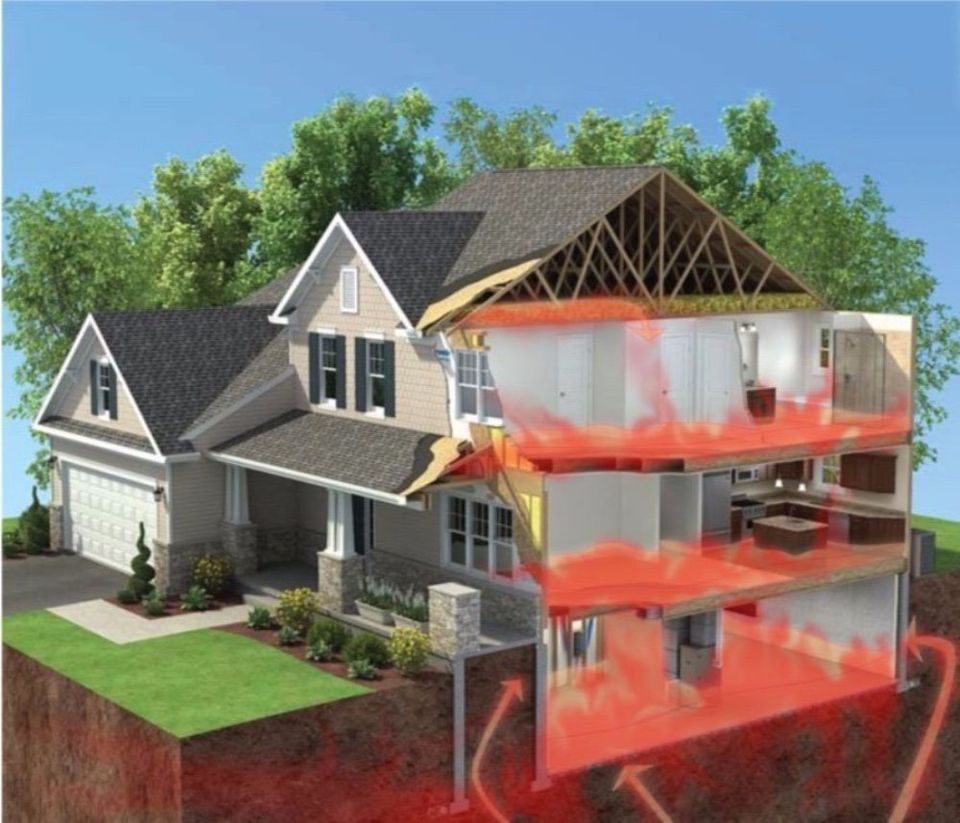Radon Gas
Radon is a Radioactive, Colorless, Odorless and Tasteless Noble Gas
Radon is a chemical element with symbol Rn and atomic number 86. It is a radioactive, colorless, odorless, tasteless noble gas. It occurs naturally in minute quantities as an intermediate step in the normal radioactive decay chains through which thorium and uranium slowly decay into lead and various other short-lived radioactive elements; radon itself is the immediate decay product of radium. Its most stable isotope, 222Rn, has a half-life of only 3.8 days, making radon one of the rarest elements since it decays away so quickly. However, since thorium and uranium are two of the most common radioactive elements on Earth, and they have three isotopes with very long half-lives, on the order of several billions of years, radon will be present on Earth long into the future in spite of its short half-life as it is continually being generated. The decay of radon produces many other short-lived nuclides known as radon daughters, ending at stable isotopes of lead.
Unlike all the other intermediate elements in the aforementioned decay chains, radon is, under normal conditions, gaseous and easily inhaled. Radon gas is considered a health hazard. It is often the single largest contributor to an individual's background radiation dose, but due to local differences in geology, the level of the radon-gas hazard differs from location to location. Despite its short lifetime, radon gas from natural sources, such as uranium-containing minerals, can accumulate in buildings, especially, due to its high density, in low areas such as basements and crawl spaces. Radon can also occur in ground water – for example, in some spring waters and hot springs.
Epidemiological studies have shown a clear link between breathing high concentrations of radon and incidence of lung cancer. Radon is a contaminant that affects indoor air quality worldwide. According to the United States Environmental Protection Agency, radon is the second most frequent cause of lung cancer, after cigarette smoking, causing 21,000 lung cancer deaths per year in the United States. About 2,900 of these deaths occur among people who have never smoked. While radon is the second most frequent cause of lung cancer, it is the number one cause among non-smokers, according to EPA estimates. As radon itself decays, it produces decay products, which are other radioactive elements called radon daughters (also known as radon progeny). Unlike the gaseous radon itself, radon daughters are solids and stick to surfaces, such as dust particles in the air. If such contaminated dust is inhaled, these particles can also cause lung cancer.








